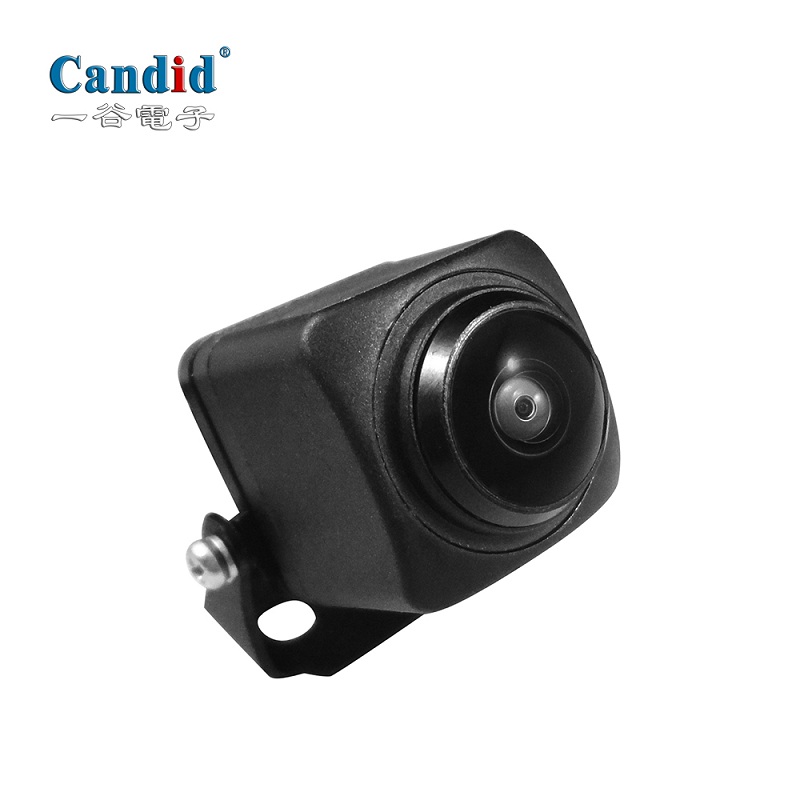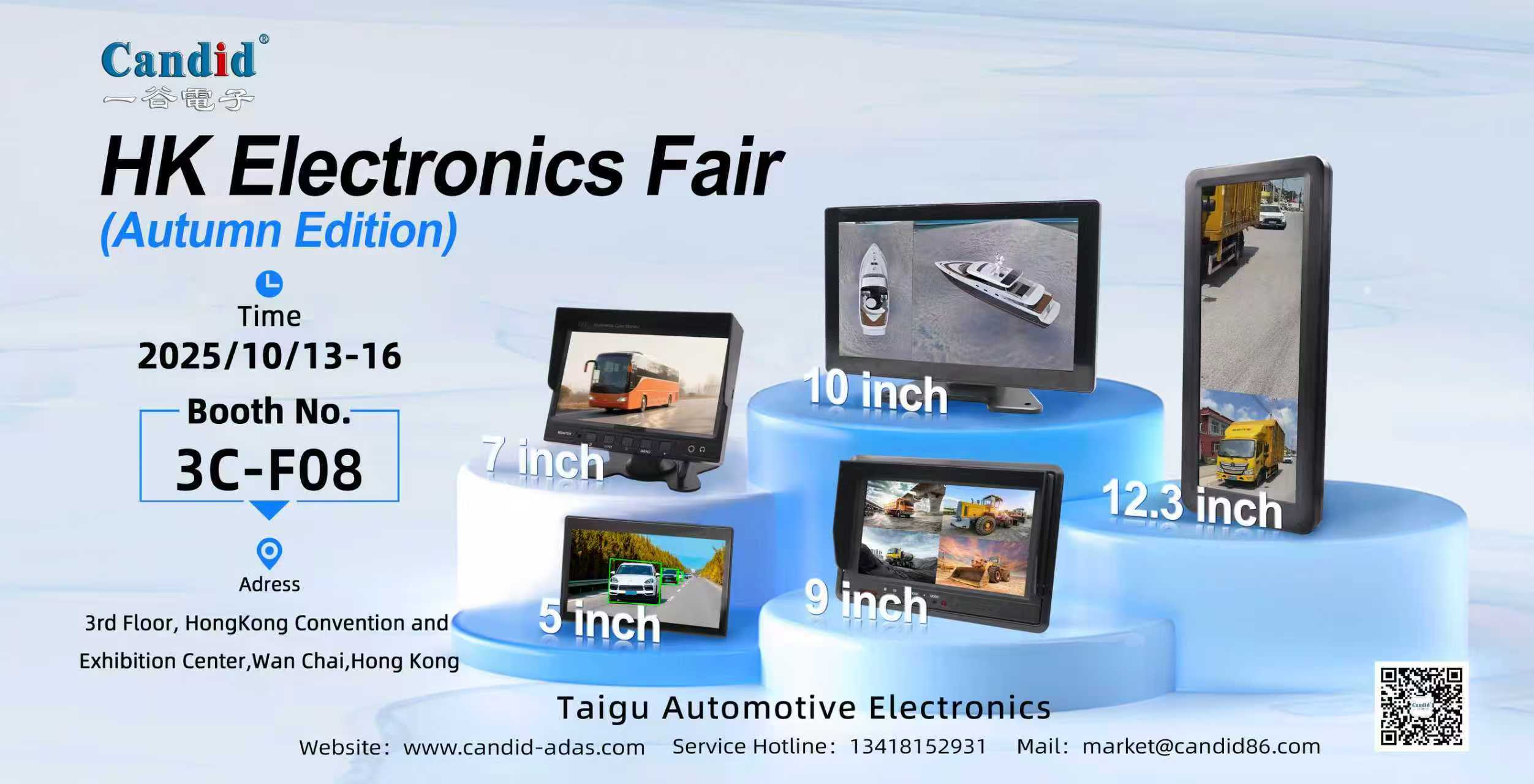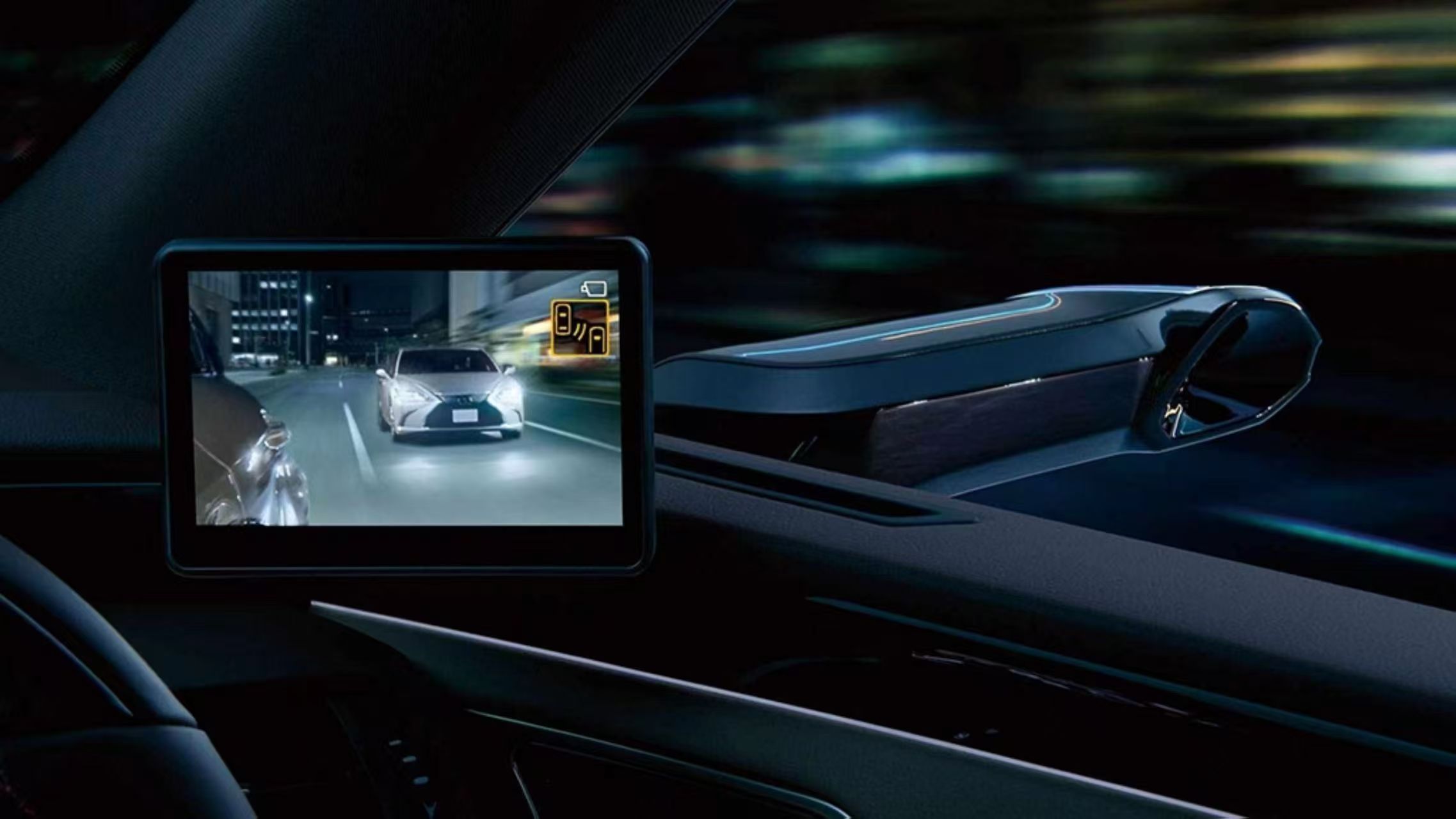
Car cameras have a wide range of applications.
Car cameras have a wide range of applications. According to the different application fields, it can be divided into driving assistance (driving recorder, ADAS and active safety system), parking assistance (panoramic view) and in-car personnel monitoring (face recognition technology). It runs through the whole from driving to parking. process. Therefore, there are higher requirements for the working time and temperature of the Car cameras. According to the installation position, it can be divided into four parts: front view, rear view, side view and interior monitoring. At least 7 cameras are required for ADAS and in-vehicle monitoring. With the development of automotive electronics technology, the number of bicycle cameras will also increase significantly. Currently, the most widely used cameras are front-view and rear-view cameras. With the increasing popularity of ADAS systems and the application of face recognition and other technologies in the field of automotive electronics, in-car and Car cameras will be further applied.
On the one hand, ADAS, the "bridge" of autonomous driving, has ushered in a period of rapid growth, which means that the era of autonomous driving is quietly coming; on the other hand, on-board cameras will become an important entrance for information processing in the Internet of Vehicles. Considering cost, accuracy and functionality, Car cameras sensor fusion will become the mainstream solution for ADAS in the future. Car cameras are also an important entry point for vehicle Internet information processing.
The automotive camera industry has high barriers. Once certified, long-term profits will be obtained: Compared with mobile cameras, vehicle-mounted Car cameras have a higher barrier to entry, and the unit price is about 8 times that of mobile cameras. Mobile cameras emphasize high-pixel specifications, while vehicle-mounted cameras pay more attention to reliability and cost. On the other hand, the industry barriers for automotive Car cameras are also reflected in the complexity of entering the front-end market.
On the one hand, ADAS, the "bridge" of autonomous driving, has ushered in a period of rapid growth, which means that the era of autonomous driving is quietly coming; on the other hand, on-board cameras will become an important entrance for information processing in the Internet of Vehicles. Considering cost, accuracy and functionality, Car cameras sensor fusion will become the mainstream solution for ADAS in the future. Car cameras are also an important entry point for vehicle Internet information processing.
The automotive camera industry has high barriers. Once certified, long-term profits will be obtained: Compared with mobile cameras, vehicle-mounted Car cameras have a higher barrier to entry, and the unit price is about 8 times that of mobile cameras. Mobile cameras emphasize high-pixel specifications, while vehicle-mounted cameras pay more attention to reliability and cost. On the other hand, the industry barriers for automotive Car cameras are also reflected in the complexity of entering the front-end market.




